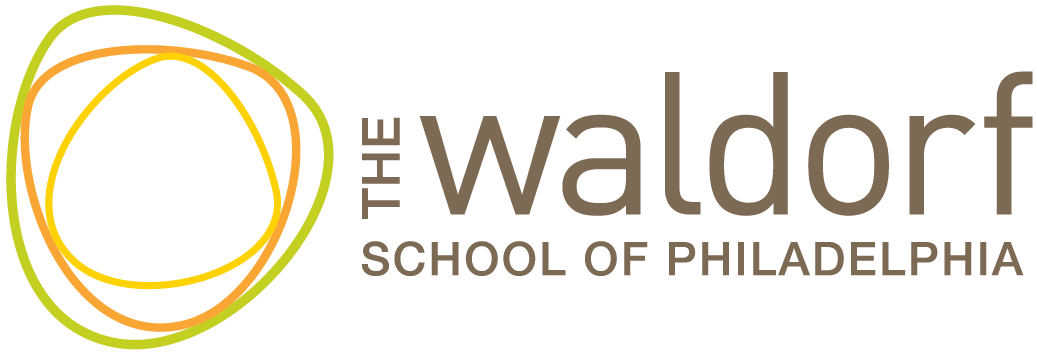Finding Our Way: Reflecting on the Legacy of Bayard Rustin
Bayard Rustin, 1963
Image courtesy of Wikipedia
From Taylor Hickman, Director of Diversity, Equity, Inclusion, and Justice (DEIJ) at the Waldorf School of Philadelphia
I am reflecting on the teachings and legacy of Bayard Rustin, a Black, queer, Pennsylvania Quaker, and his approach to life as an “angelic troublemaker.” Rustin, in the Quaker tradition, believed in nonviolence and pacifism from an early age, and actively upheld those beliefs as a conscientious objector, active participant in bus sit-ins, community organizer, speech writer, and human rights activist. Holding multiple identities and thus multiple awarenesses, Rustin was attuned to combating harm in an intersectional way, not through passivity, but through active participation.
He employed disobedience and upheld direct nonviolence as a peaceful act that engages equity, accountability, and justice. Leaning into Rustin’s philosophies and the philosophies of his time may help us support ourselves, and others, through difficult times.
What would it look like to deepen these sentiments and adapt them to whatever our day-to-day lives look like, proactively and offensively?
If we look at the 1955 publication Speak Truth to Power: a Quaker Search for an Alternative to Violence from the American Friends Service Committee, for which Rustin served on the task force, we find a framing that can help us do this. The end of that essay reads: “We hope the reader will bring to it an open mind, and if in any way challenged, will join in a serious effort to explore further the lines of thought we have suggested.” That last inclusion, the preemptive willingness to “explore further,” is a sentiment that can help govern all our decision-making, and help us lean in to what we can do to enact change, instead of what we cannot do. It is a reminder not to let ourselves settle into despair but instead, to sit with our overwhelm, discomfort, and pain and see it through, allowing emotions like hopelessness to be a catalyst for activation. It invites us to explore our limitless collective potential.
This is a call to action for creativity and “sticktoitiveness.” If we are willing, we can lean into finding ways to engage: changing our ways, finding our way again, and finding new ways still.

